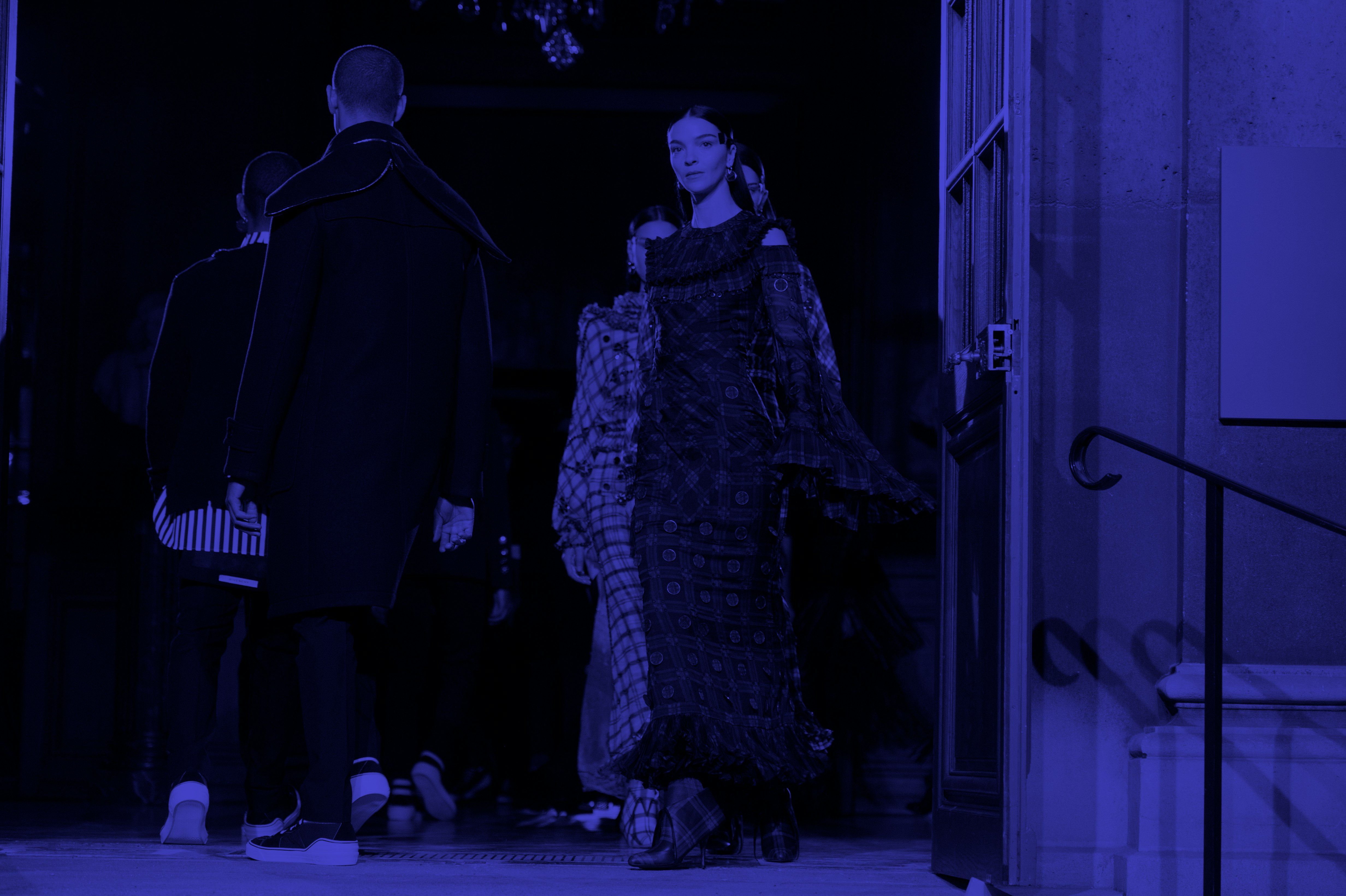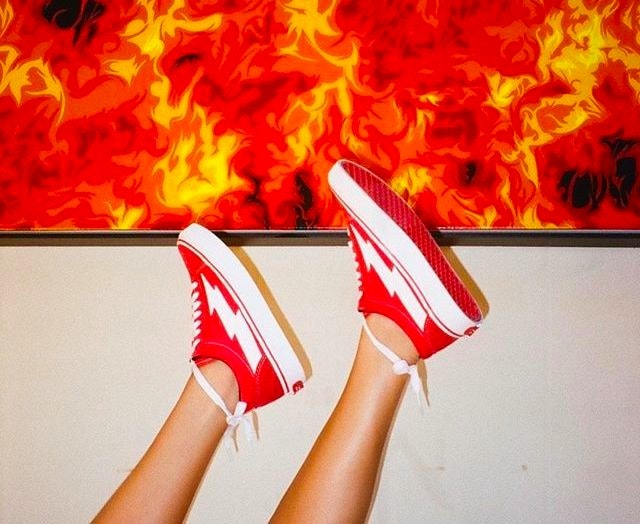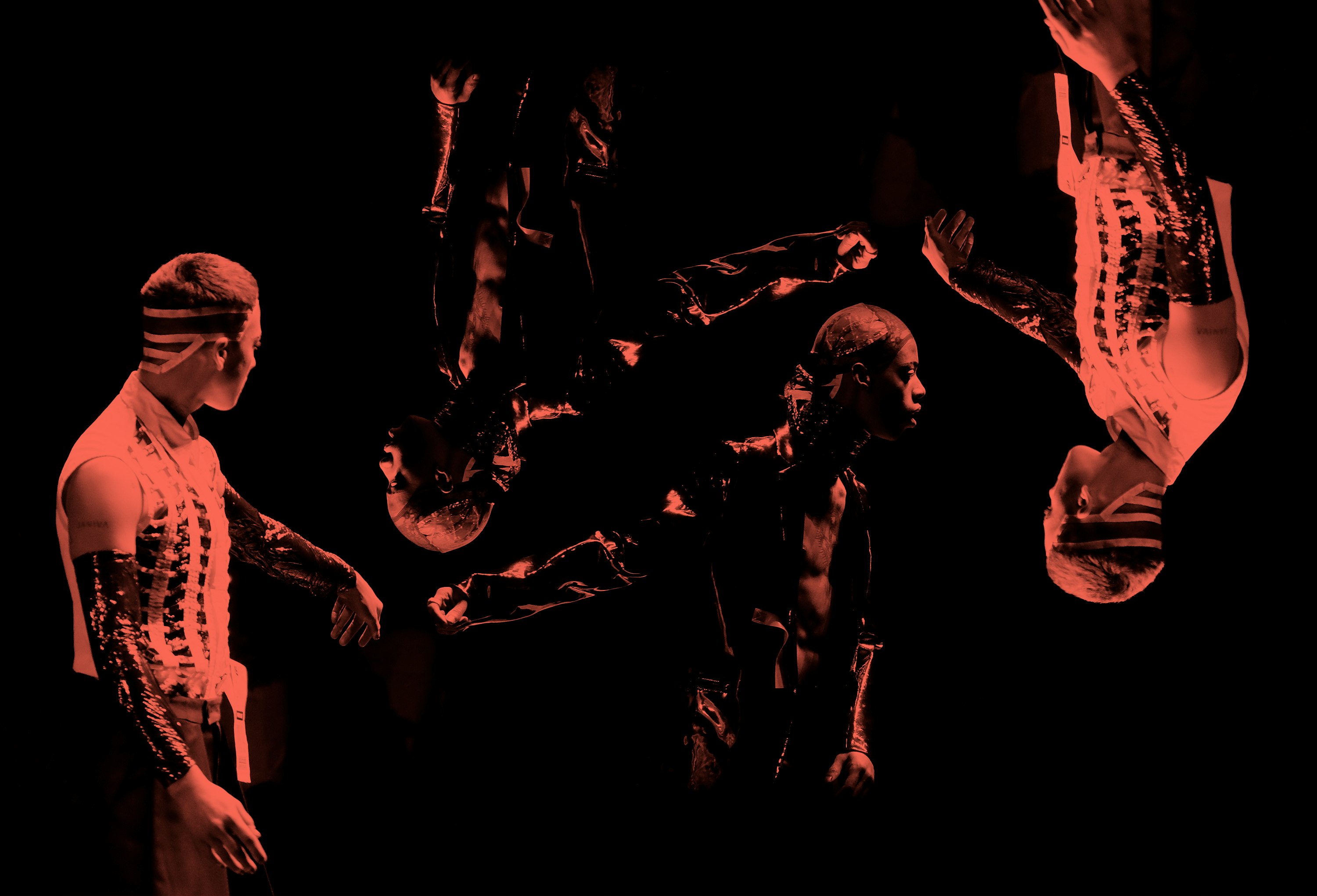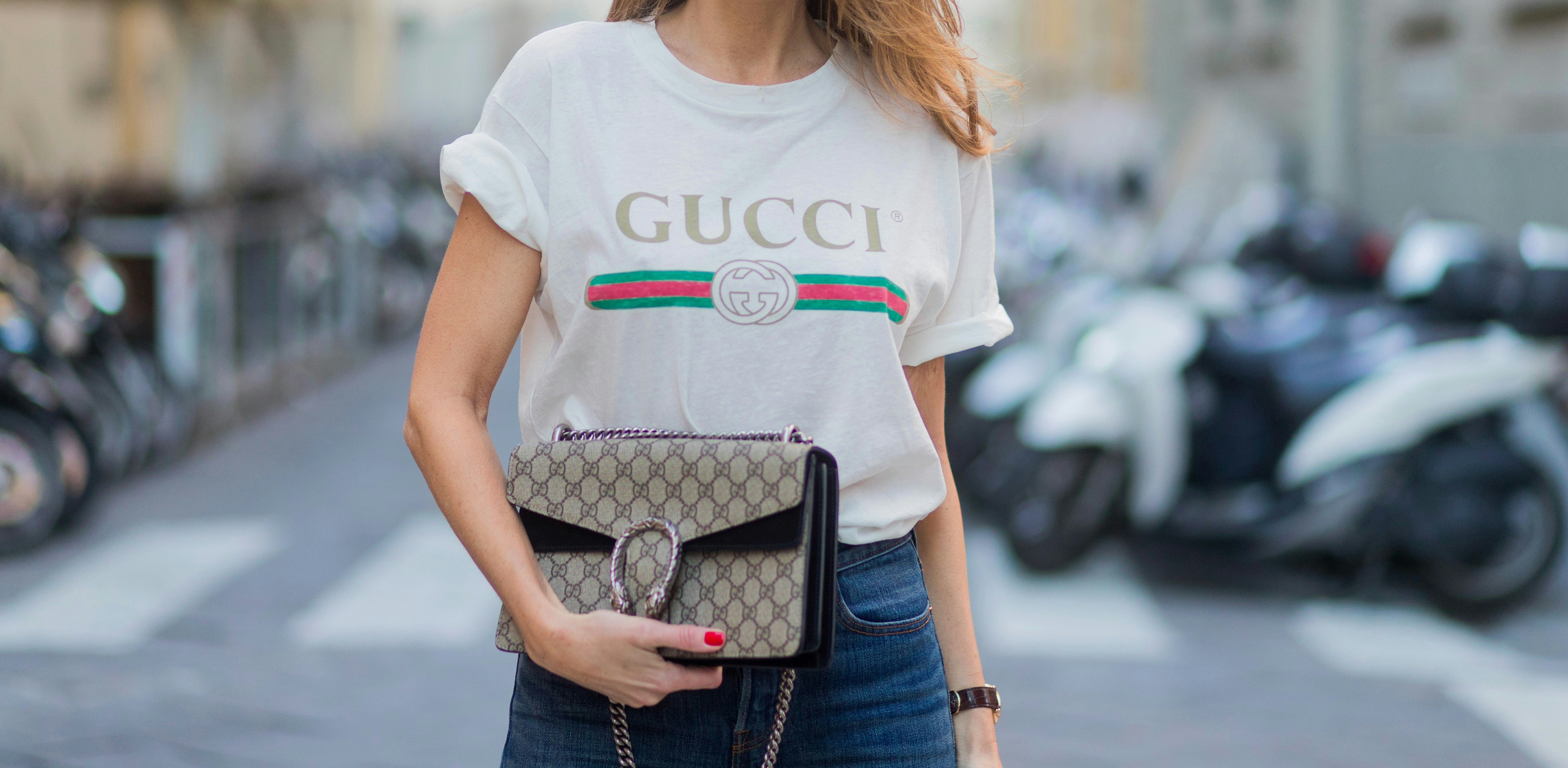It seems like barely a week goes by without a high-powered fashion entity being accused of ripping off less established designers. This year alone, Gucci was accused of stealing a 1989 Dapper Dan design and work by design student Pierre-Louis Auvray; Khloe Kardashian’s Good American brand was accused of copying Dbleudazzled bodysuits and Made Gold jeans; her sister Kylie Jenner was accused of ripping off her camo collection from PluggedNYC; and fashion retail giant Zara’s reputation for copying continued as it was accused of plagiarizing a number of popular sneaker brands. The examples go on and on.
Thanks to social media, independent creatives have more visibility than ever and can market themselves directly to consumers. But the internet has also allowed high-profile companies and brands to peek in on emerging trends and innovation. Luckily, there are specific steps designers can take to protect themselves against it and fight back if they need to. Julie Zerbo, legal consultant, journalist, and creator of the blog The Fashion Law, spoke to The Outline about different steps designers and brands can take to protect themselves.
In terms of copying, is it called “plagiarism” in fashion?
“Plagiarism” isn’t a term that carries any legal weight. “Infringement” means you just did something illegal. If someone copies an exact original print or pattern — so if someone took an original Gucci print and recreated it on a shirt — that would be copyright infringement. And then that that holds true for trademark infringement. If you recreate someone’s logo and put it on a bag, that’s infringement as well. There is a higher level of copying, and that’s counterfeiting. That’s when you create the exact same trademark and you put it on the exact same kind of good as the original trademark holder who has a registration for their mark. When we see fake Louis Vuitton bags, those are counterfeit.
And then there’s design piracy, which technically isn’t illegal. This is mostly what we see coming from fast fashion retailers. Because of how the U.S. legal system is set up, [it’s] somewhat easy for fast fashion retailers and other copyists to weave their way through the laws and produce things that are in fact legal. That’s I think what most people refer to as plagiarism, but legally we don’t use that term.
I’ve seen a lot of articles about Zara copying or pirating designs from independent designers, but I’ve also been seeing stories say with allegations against Kylie Jenner for allegedly copying another designer. That would allegedly be piracy, too, right?
In terms of the cases against Zara or Forever 21 there are some where the parties that are bringing the lawsuits seemingly have merited claims, like the lawsuit that Puma filed against Forever 21 somewhat recently about the shoes from the Rihanna collection. Puma has established legal rights. They have design patents. They have a number of other legal rights. So that wouldn't just be piracy.
At the same time, the claims against Kylie Jenner and Khloe Kardashian recently with the camouflage and the embellished bodysuits, I personally believe that those are just instances of piracy or inspiration, maybe. The copying, it was not of garments that are so original that these these designers that are claiming that they were copied [would] likely have legal grounds. It’s unfortunate regardless, but that doesn’t necessarily mean that there’s copyright infringement or something like that.
What can you say about inspiration and borrowing versus stealing in fashion?
I run a legal website that oftentimes calls out copying and sheds light on lawsuits involving copying. But at the exact same time I firmly believe in designers’ abilities to draw inspiration from designs that are already out there. Designers consistently show that there are ways to take designs from the public domain, so to speak, and innovate or make changes and make it original.
In copyright law, one of the tenets is you can receive protection for an original arrangement of existing elements. So for me that really sums up what we’re doing in many cases in fashion. It’s just kind of working with existing elements. It’s hard to say that you can come up with a new skirt silhouette every season; that wouldn’t be practical at all. That’s not to say that wild innovation is not possible. We also see that. It’s just, for me, a delicate balance that some designers do very, very well.
Are there things that designers can do as they’re starting out to protect themselves against someone possibly copying them?
For designers, I don’t think it’s a bad idea ever to do a little bit of research and stay on top of their intellectual property rights, even if they don’t anticipate filing a lawsuit. It’s helpful to structure your brands from early on in a way that will allow you to have strong intellectual property rights. Think about your brand name. Try to enforce whatever right you have in it, and take that seriously. In my opinion, one of the biggest assets that designers have [is] the power of their brand and the power of their name. That power comes from being one of the only, if not the only, people using that name. So just be cognizant of that.
Designers should be cognizant of what they are putting out on social media. We do live in a time where designers are expected to have a fully functioning brand more or less right out of the gate. And they’re expected to have a routinely updated social media presence. Having said that, I think that brands really need to be strategic in terms of the timing of what they’re sharing and the content that they’re sharing so that they’re not making it easier for other brands to copy them before their actual goods are on the market.
In terms of actual copying of garments and accessories, it is frustrating for designers, especially because litigation is so expensive. If you have items such as original prints or patterns that appear on your garments or original jewelry designs or something that falls under the umbrella of copyright, it’s easy and it’s inexpensive to register copyright, and that provides some protection. If you have in fact been copied, we’ve been seeing over the past five, six, seven years, designers taking to social media to not only shame the party that copied them, but to rally their followers and their community around them in fighting piracy. Aside from straightforward IP rights, the following the brand has is one of its biggest assets. And that's something that another brand cannot easily recreate. And so I try to tell designers, in addition to thinking about ways to prevent copying of garments and accessories, think about how you can build a brand that consumers will respond to and that copyists cannot steal. I mean, it's much easier said than done.
When [fast fashion retailers] copy it’s kind of par for the course, in terms of their business model.
So part of protecting your brand is finding what makes you unique and milking that.
Yeah I think so. I also think that there’s something to be said for consistently innovating. I’m not in any way supporting design piracy or saying, ‘This is a rite of passage, this is what happens.’ No, I don’t believe that in any way. I don’t think that design piracy, even if it is legal, is ethical. But at the same time, because these design pirates are so good and they build their businesses based on churning out low cost copies, brands need to bring something else to the table, particularly with the rising spending power of millennials and Gen Z shoppers who have been so eager for brand experiences and differentiating factors. That’s something that [a company like] Zara doesn’t necessarily have.
Have you seen Twitter shaming lead to an apology or admission of wrongdoing from from a company accused of piracy?
Yes. I think that the results tend to vary. If a brand with a reputation at stake copies you and you call them out, they’re more likely to issue an apology and take corrective action. That’s what we saw when a couple of designers called out Chanel for copying. The response was was rapid and Chanel’s attempts to rectify the situation were significant.
When designers call out the fast fashion brands of the world, the results are less striking. The fast fashion retailers are largely known for copying. And so unlike high fashion houses or luxury brands, they don’t have this reputation that they want to uphold of originality or ethical dealing, necessarily. When they copy it’s kind of par for the course, in terms of their business model. So [social media shaming] is not a definite home run for designers. And when you shame a brand on social media and they pull your design from their website, [it] almost certainly is not the case that they are going to provide you with monetary damages for copying your design. You’d have to bring a lawsuit for that. There's no way of recouping the profits that they made from the design of yours that they copied or being compensated for any damage to your brand as a result of their copying.
So if they’ve been copied, how does a designer move forward from that? Is there any point when a designer should just let it go?
That’s hard for me to say for someone else. Oftentimes with legal matters, it’s a matter of [asking], Do I have the resources? If you don't then yeah you'll have to let it go. If you do, it still is not necessarily worth your time, because these fast fashion retailers do often have in-house counsel and it’s their full-time job to oversee matters like that. It’s an uphill battle, unfortunately, for designers that have been copied.
But I think that designers that are copied can find some relief maybe in knowing that fast fashion is so very fleeting. And chances are if you’re copied this isn’t something that’s going to stay in a Forever 21 store for a year. It will be there for a short time and after that a new throwaway garment will be in its place.
Correction: A previous version of this story described Julie Zerbo as a lawyer. While she does hold a law degree, she does not actively practice law.



















